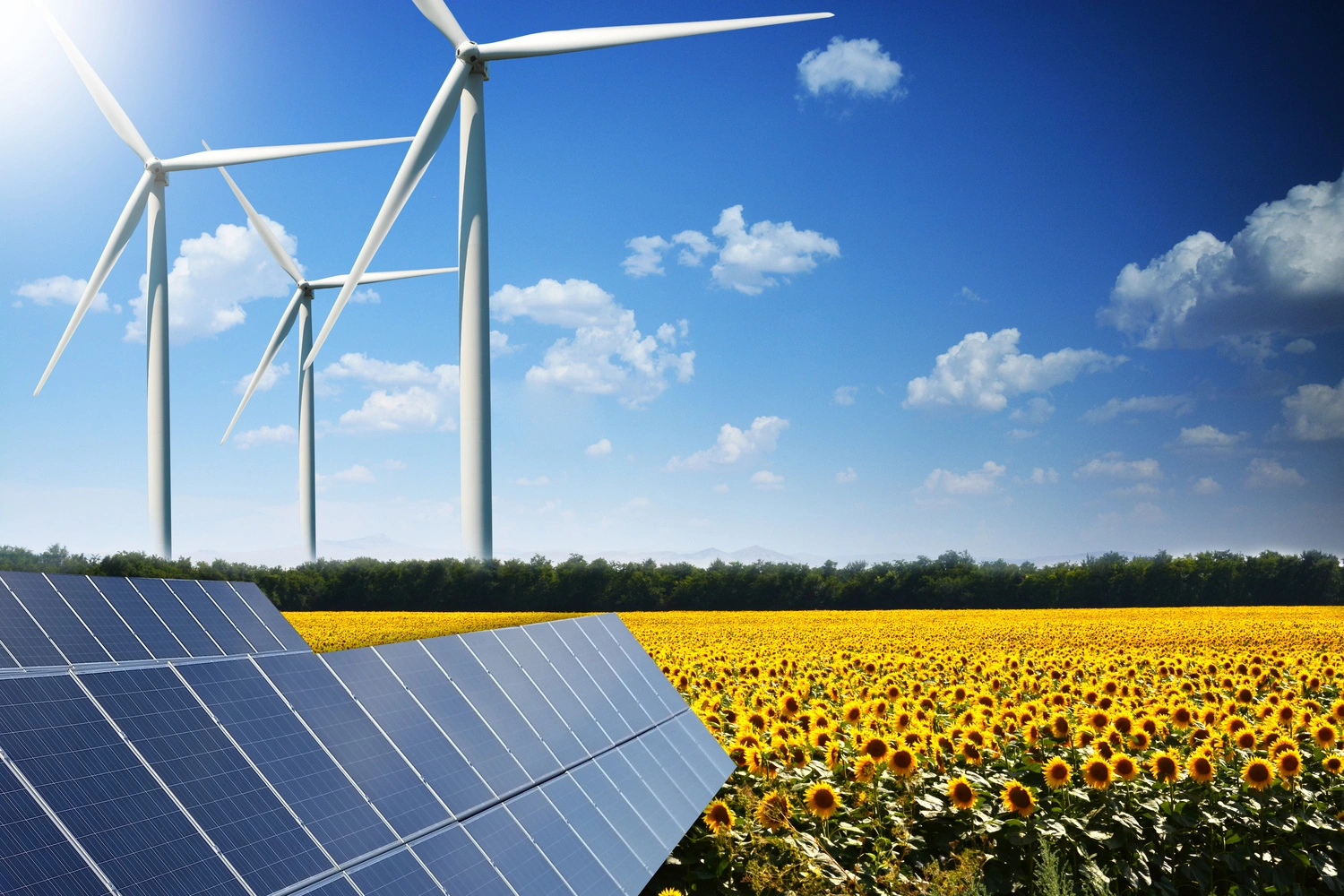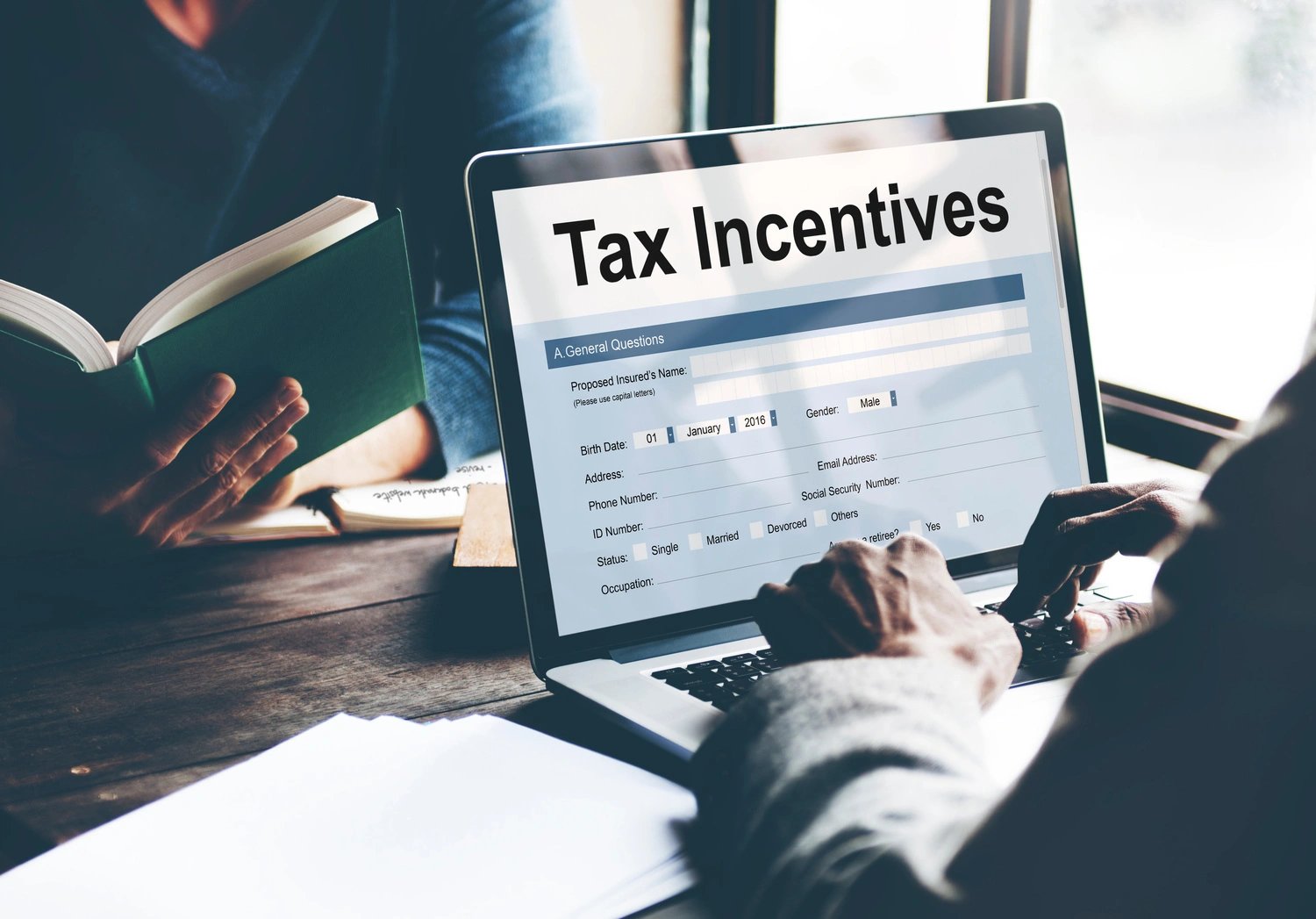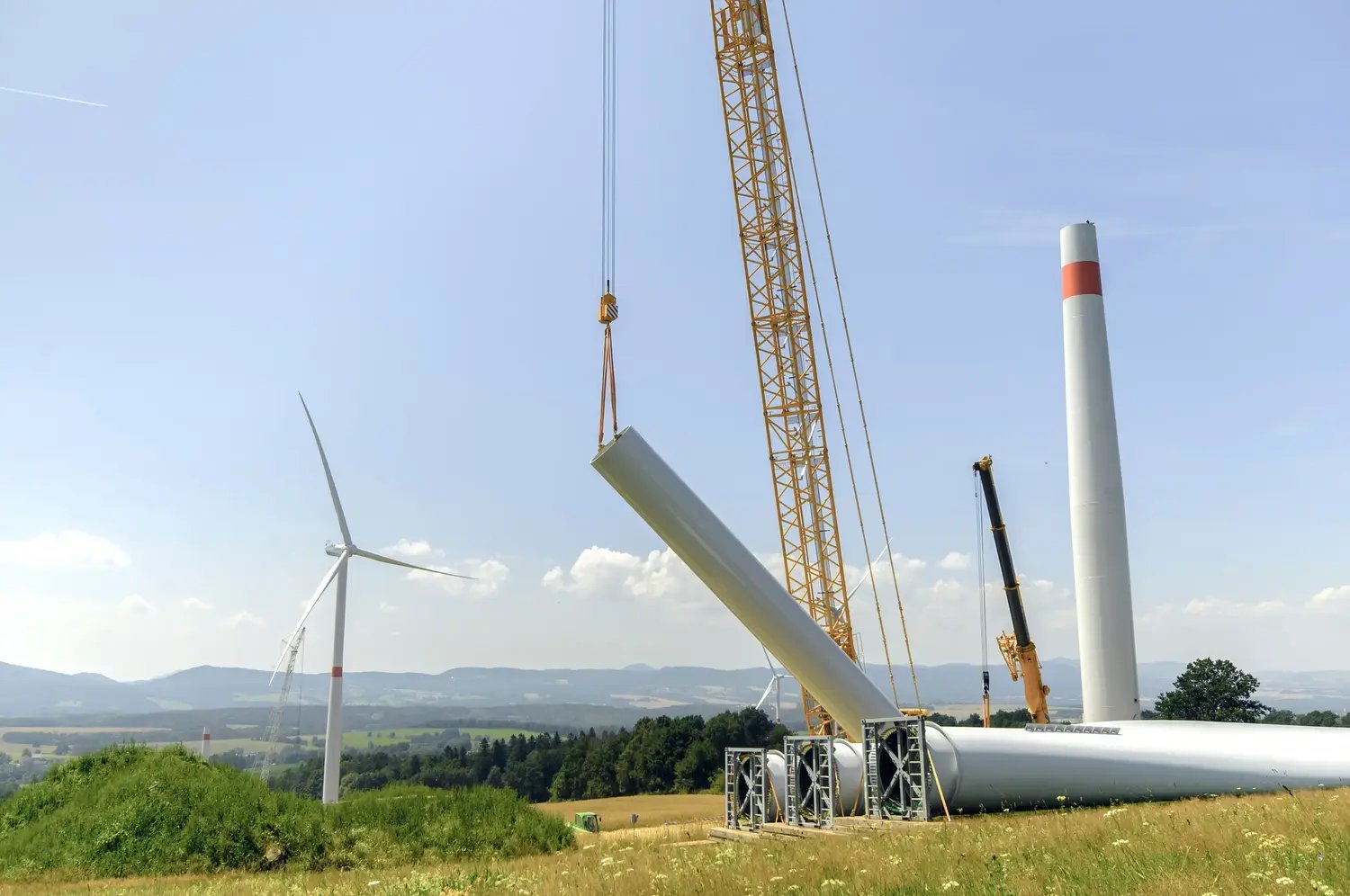
Listen to the audio version
Renewable energy is a two-thumbs-up proposition, and while it does have its detractors, most people want to see faster clean energy generation, like, yesterday. The more renewable energy sources we can get into the mix, the faster we can meet America’s ambitious energy goals.
However, it’s no secret that the cost of renewables development is pretty intense. This partly explains why, although the vast majority of Americans favor wind and solar power as the support for our power grid, as well as taking steps to lower our carbon emissions and eventually reach net-zero emissions, only a minority believe we should phase out fossil fuels completely.
“Many foresee unexpected problems in a major transition to renewable energy,” the Pew Research Center explains. “Economic concerns are also front of mind for many when asked to think about what a transition away from fossil fuels could mean for their own lives.”
Though we will experience an energy transition, leaning on renewable sources doesn’t mean everything has to change, right?
Because let’s not lie: while we don’t want the world to warm, we do still want warm showers.
For that reason – and other more pressing ones, such as energy equity – it’s important we pave the way to fast, affordable renewables development. Not only does this help the people who will ultimately use that power in their everyday lives, it’s a boon for developers themselves.
The good news? There are a number of ways to shorten the time between starting a project and celebrating – i.e. seeing a return on renewable power generation. Especially in today’s jumpy economy, when cutting back on costs is top of mind for everyone, it’s time to talk about ways to save money during renewables development.
Here are seven smart steps to take today.
1. Go in With a Plan
As they told us back in middle school shop class: measure twice, cut once. Having a plan always helps to ensure you account for variables that a speedier approach might miss. Before ever even looking at sites, you should draw up a comprehensive plan that includes:
-
Site selection considerations
-
Potential environmental challenges
-
Architectural design
-
Safety and regulatory planning
-
A schedule and budget
Whether you are building massive utility-scale wind farms or solar energy power plants, having a plan will take up some time in the short-term but save you in the long run. By knowing what you’re looking for, where you’re looking, how you’ll address challenges, and what your resource limits are upfront, you’ll have a much better chance of avoiding sites that simply won’t work in the long run. That not only allows you to avoid wasting time and energy, but it also helps you zero in on the sites that actually stand a chance of meeting your renewable energy development needs.
Speaking of sites …
2. Complete Your Environmental Due Diligence ASAP
Pop quiz time: what’s the smartest way to approach environmental due diligence on a potential site?
Don’t worry; we’ll give you a multiple-choice question here. Do you:
-
Find a really great site, fall in love with it, write a Shakespearean ode to its charms, plan a family, draw up some plans and get investors onboard, start the design-build process, and at some point get around to environmental due diligence? OR
-
Perform your environmental due diligence from the beginning, during the site selection process?
If you answered B, good job. You can pick up on heavy sarcasm via text, which is a high-level skill and one that will take you far in life. Yet funny jokes aside (at least, we think they’re funny), way too many developers are still taking the Option A approach.
Yes, it’s tempting to leap at a site that looks good, especially given the crazy competition present when you’re trying to secure a wind or solar property. However, striking a deal with a landowner and investors only to discover that mitigation costs are truly insurmountable is … disappointing.
And by “disappointing,” we mean, “it’s time to make that whiskey-spiked hot chocolate bath a reality. Hold my calls.”
Instead, the smart approach is to start your due diligence process upfront as soon as you find a site you like. That way, you won’t hit the dreaded permitting bottleneck and find yourself back at the starting line when you thought you were almost done.

3. Make Use of Tax Incentives
Woo, tax incentives! We love ‘em.
As energy policy continues to be pumped out by the feds, we are going to keep seeing huge opportunities for energy investment and an increase in renewable technology production. You know what that means? That’s right- cash money going toward supporting the electricity grid via megawatts of renewables greatness, lowering electricity bills, and increasing economic growth.
These incentives have more economic benefit than just affordability of electric vehicles and fewer blackouts. Let’s break it down.
Step 1: Financially support clean energy technologies and renewables development.
Step 2: Supply developers with access to said incentives. Create more solar projects and wind projects.
Step 3: Improved technologies = energy efficiency within renewables. Further develop hydropower, energy storage, and all green technologies.
Step 4: Develop So. Many. Gigawatts. Of. Renewables. Lower cost of green alternatives. Provide energy security via diversified energy sources.
Step 5: Lower greenhouse gas emissions and energy costs, eventually beat climate change, and have a dance party.
We might have glazed over a few steps, but you get the idea…
Here are a few approaches you should consider posthaste.
Investment (ITC) and Production (PTC) Tax Credits
The investment and production tax credits apply to qualifying renewables projects. The ITC offers a one-time credit as a percentage of installation cost in the applicable year, while the PTC reduces your tax liability based on electricity generated on a 10-year basis, adjusted annually.
Follow Wage and Apprenticeship Guidelines
To receive many of the credits established or reestablished by the new Inflation Reduction Act (IRA), you need to follow wage and apprenticeship guidelines, which will ensure you get the highest tax breaks.
Locate Your Project in an Energy Community
If you site your renewables project in an energy community, you can also receive an additional 10-percent tax credit, again assuming wage and apprenticeship guidelines are met. An energy community is defined as:
-
A brownfield site
-
A census tract where a coal mine closed after 1999, a coal-fired generating unit closed after 2009, or a census tract that meets one of these qualifications is located adjacent
-
A site where employment and taxes were affected by the coal industry as defined by certain metrics
These aren’t the only areas in which you can make use of tax incentives, either. Materials matter too.

4. Source Materials Wisely
We look at the difference in fuel costs between gas stations, so why wouldn’t we try and save a buck or two when picking our development materials?
Budget-friendly materials can go a long way toward saving you money. Recycled materials such as concrete and steel can help you keep costs down, and even though lots of materials may cost more upfront (such as green options or American-made goods), the tax savings you get down the road can balance that out.
Source Domestic Materials
Listen, y’all, wind turbines and solar panels are high-maintenance items. We aren’t saying they are full-blown Great Gatsby-level fancy, but they are known to cost you a penny or two. But just because you’re investing in these materials doesn’t mean they should break the bank.
The tax breaks for domestic materials via the IRA are considerable. To satisfy domestic content requirements, you must:
-
Source all iron and steel from the United States
-
Buy at least 40 percent of your total manufactured project materials (a number that will eventually rise to 55 percent) from US makers
Do so, and you can claim an additional 10 percent investment tax credit on your project, presuming you meet wage and apprenticeship guidelines.
5. Time Your Development Well
How you time a project can impact how much it costs overall. That means:
-
Don’t plan a project for times of year when weather is likely to interrupt the timeline, which can get costly fast
-
Do avoid, where possible, construction boom prices in midsummer
-
Opt for fall or early spring in most temperate US climates for the best deal
6. Automate Whenever Possible
It’s time to let go of the tired myth that robots replace humans when we bring automation to the fore. That’s simply not true. Instead, they create new niches for people to find more enjoyment, creativity and usefulness. Robots = friends, so let’s start supporting automation.
Wherever you can use robotics or AI to power your renewables development, do it. It’s cost-effective and frees up labor to perform tasks for which humans are still very much needed. Speaking of automation, who’s up for an automated environmental due diligence report?
7. Begin Environmental Mitigation Early
The environmental mitigation costs aren't the most expensive of the issues on a site. However, if you’re not careful, they can drastically delay the time you can start producing energy and see a return on your project.
The best way to avoid this is to complete your environmental due diligence at the beginning of your site search, skirting the long line for environmental consultants and opting for a ready-in-minutes environmental risks report through Transect. Our software uses machine learning and leverages hundreds of databases to get you the information you need nearly instantly, rather than making you wait weeks or months for an old-fashioned report from a human. (I mean, we’re all for wetware, but consultants take it a bit far.)
If you want to learn more about saving time and money on your report, so that you can finally feel safe generating risk analyses on all your potential sites, we invite you to check out our resource library or schedule a demo today!

